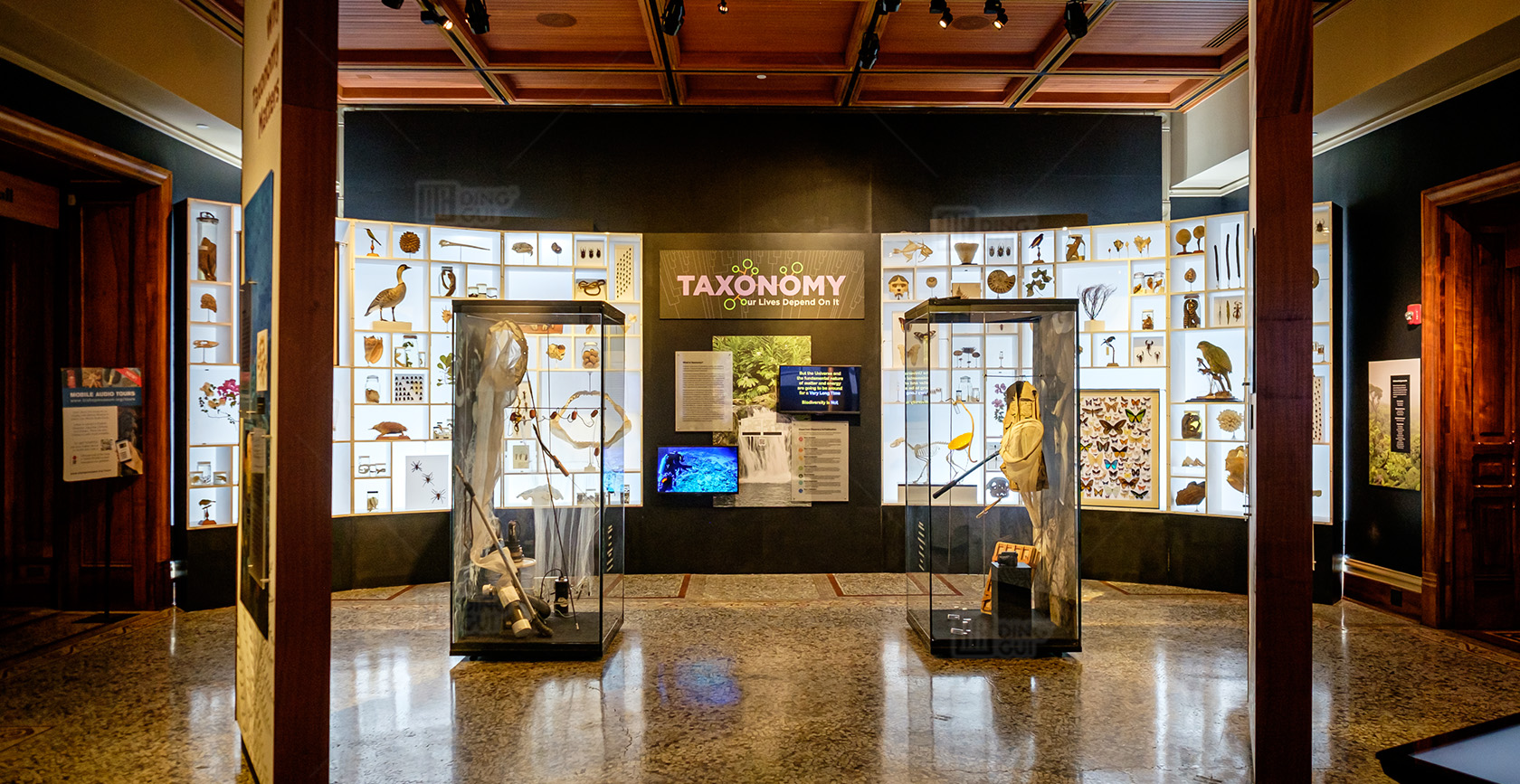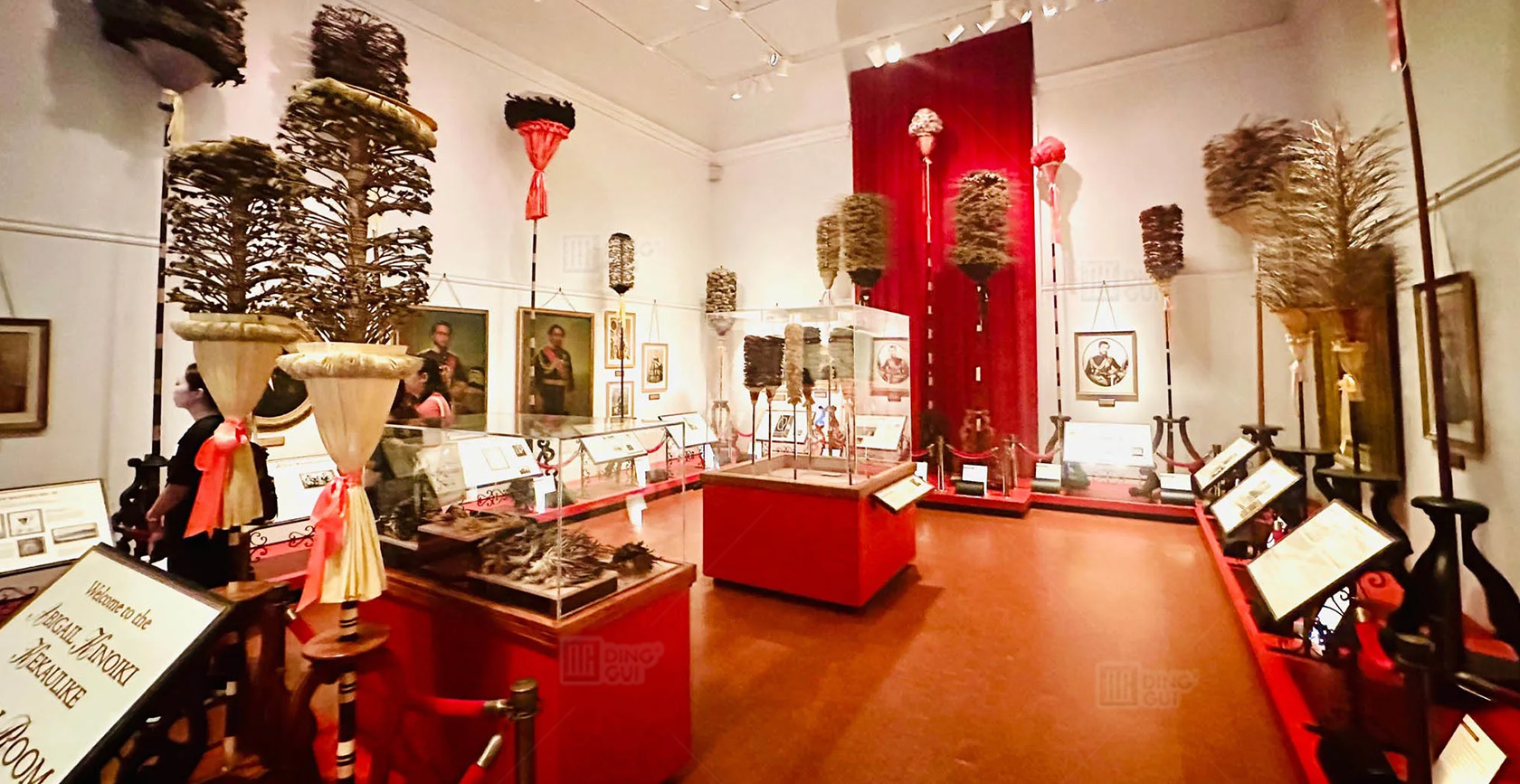Bishop Museum
DG’s principles for designing natural insect museum display cabinets Bishop Museum
Bishop Museum
America
Project Briefing and Building Overview: The Bishop Museum, also known as the Bernice Paulashi Bishop Museum, is a museum located in the Kalihi section of Honolulu, Oahu, Hawaii, and is officially designated as the Hawaii State Museum of Natural and Cultural History.The museum not only comprehensively displays Hawaiian cultural items, but has also made great achievements in the scope of its collections. It houses the world's largest collection of Polynesian cultural artifacts and natural history specimens, making it one of the most important cultural resources in the Hawaiian region. In terms of natural history, the museum has collected more than 24 million specimens, of which the entomology department alone contains more than 13.5 million specimens, making it the third largest collection of insect specimens in the United States. The mission of the Bishop Museum is to inspire our community and visitors by exploring, celebrating and perpetuating the extraordinary history, culture and environment of Hawaii and the Pacific.

The design of natural insect museum display cabinets needs to consider many aspects, with the main goal of displaying and protecting insect specimens. DG Museum Display Cabinet Manufacturer is a company that specializes in designing and manufacturing museum display cabinets. It may use some specific principles and techniques in the design of natural insect museum display cabinets. The following are some of DG’s principles for designing natural insect museum display cabinets:
1. Protection and preservation:
Insect specimens need to be properly protected from damage by light, humidity, temperature, chemicals in the air, etc. Display cases should be designed to provide an environment that controls these factors to minimize the risk of specimen deterioration and discoloration.
2. Illumination and light:
Use appropriate lighting to highlight the details and colors of insect specimens. Consider using soft, even light and avoid UV rays and strong sunlight, which can cause fading and damage to the specimen.

3. Material selection:
Choose harmless and stable materials, such as glass, special plastic or acrylic to make display cabinets. These materials provide a good seal, prevent dust from entering, and are non-chemically reactive to insect specimens.
4. Environmental control:
Control the temperature and humidity in the display cabinet to meet the preservation requirements of insect specimens. Ensure a stable environment inside the showcase and avoid rapid temperature changes and humidity fluctuations.
5. Display layout:
Design a reasonable layout to display insect specimens of different types or specific themes. Use sections and labels to help viewers understand and appreciate different insect species, habitats, or taxonomic information.

6. Interaction and education:
Consider adding interactive elements or display boards to the showcase design to convey relevant insect knowledge and educational information to the audience and increase the interactivity and education of the visit.
7. Safety considerations:
Ensure that the display cabinet structure is solid and safe to prevent accidental damage to specimens by viewers, especially the safety of children and tourists.
8. Cleaning and maintenance:
Design a showcase structure that is easy to clean and maintain to keep the exhibits clean and intact. At the same time, regularly check the status of the showcase and perform timely maintenance and repairs.
The above principles are important aspects that DG museum display cabinet manufacturers consider when designing natural insect museum display cabinets, which can help achieve good display effects and protect insect specimens. DG will provide museums with high-quality, professional display cabinet solutions to display and protect insect specimens.
Quick links
Jewelry
Museum
China Marketing Center:
14th Floor(Full Floor), Zhihui International Building, Taiping Town, Conghua District, Guangzhou
China Manufacturing Center:
Dinggui Industrial Park,Taiping Town, Conghua District, Guangzhou
























